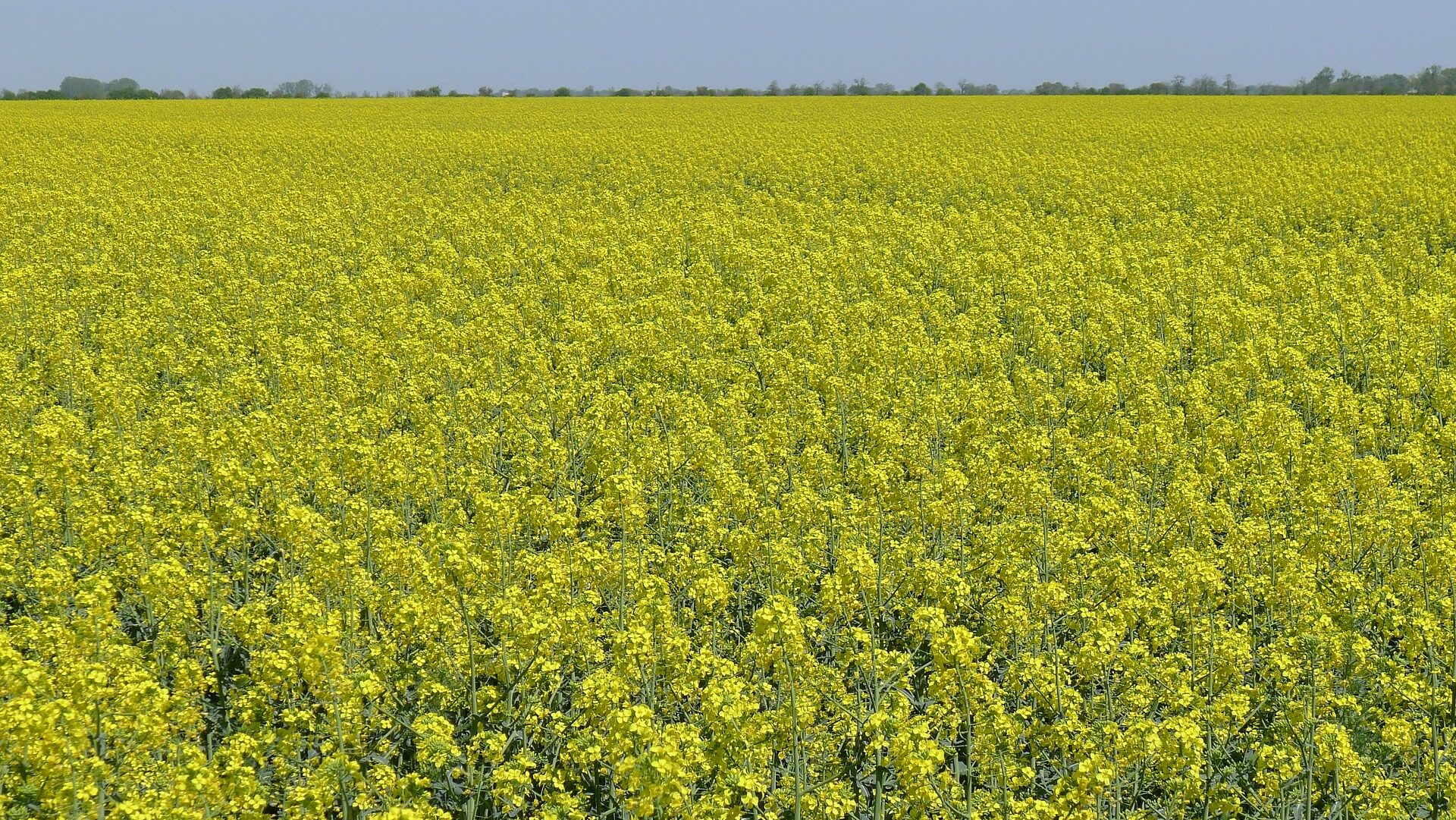Reading Time – 7 Minutes, Difficulty Level – 2/5
The Future of Sustainable Food Systems
In the pursuit of sustainable food systems to meet the nutritional needs of a growing global population, finding innovative solutions has become essential. Future food development has become a growing ‘trend’ in research based on the necessity to secure a stable food system amid the impending global food crisis. Climate change, along with resource scarcity, infectious diseases, and a variety of health concerns are reshaping the demands on our food systems; markets promoting various dietary lifestyles, such as veganism, are expanding to accommodate the special food requirements of these lifestyles.
Furthermore, food sustainability ensures meeting current food requirements while providing food security by safeguarding the ability of future generations to produce sufficient food supplies; it is essential that a comprehensive approach is implemented to sustain animal protein resources. Meat provides approximately 15% of the proteins consumed in our diet, with all the essential amino acids, fatty acids, and micronutrients contained within (de Smet and Vossen, 2016). Having important cultural and social significance within human society, meat is an essential part of our lives. However, with the global population predicted to reach 9 billion by 2050, current rates of meat production will need to be doubled (Bonny et al., 2015).
Challenges for Future Food Systems
Conventional meat and sustainable alternatives, along with advanced production systems, are expected to meet future animal protein demands. In vitro meat, edible insects, and plant-based meat analogues are gaining interest as feasible alternatives to conventional meat, whilst offering ecological, socio-economic, and health benefits long term. Despite this, consumer preferences and behaviours play a significant role in the trajectory of future food systems, particularly concerning the adoption of alternative protein sources. Consumers’ initial unfamiliarity with the taste and concepts of alternative products, coupled with the concerns over nutritional disparities has created barriers to commercial viability. Moreover, competitive pricing, and navigation of complex regulatory environments further complicate market entry and widespread acceptance. The sustainability discourse surrounding certain meat alternatives has resulted in debates over which alternative protein sources boast superior environmental credentials, with considerations spanning fertilisers, pesticides, land and water usage, and carbon footprints. Discussions revolving around these issues highlight the need for transparent labelling and informed consumer choice, allowing individuals to align their dietary decisions with their personal environmental values.

Park et al., (2024), Yonsei University
A Hybrid (Rice) Approach to Future Food Systems
Excitingly, an article published in February 2024, ‘Rice grains integrated with animal cells: A shortcut to a sustainable food system’, explores a novel strategy for developing a nutrient-rich hybrid approach in the expectation of overcoming practical limitations of other future food candidates (Park et al., 2024). Hybrid meat combines both animal and plant-based proteins; by mixing cells to induce fat and muscle growth, it creates slaughter-free meat that resembles regular meat closely in taste and texture (Grasso and Goksen, 2023). This is done by merging animal cells into a scaffold, often sourced from plant-based or other edible materials, in order to produce an innovative food component. In Park et al’s (2024) study, South Korean scientists incorporated the animal (bovine muscle and fat) cells into rice grains coated with an edible fish gelatin and microbial transglutaminase (mTG) coating. The use of the mTG coating strengthens the structural integrity of the rice grains whilst also enhancing their cell capacity, enabling the arrangement of abundant muscular and fat cells (Park et al., 2024). After incubation of the grains, hybrid rice is produced exhibiting distinct mechanical and morphological characteristics, compared with uncoated rice grains, plus greater carbohydrate, fat, and protein content.
What’s ‘Rice’ About It?
The choice of rice is interesting: rice grains are abundant in essential nutrients like carbohydrates, fats, minerals, and proteins, and can contain functional compounds such as glutelin and folic acid (Mohidem et al., 2022). Non-allergenic, rice can also promote cell growth in cultured environments, with selenium regulating mammalian cell cycles (Hwang et al., 2017). Furthermore, its crystalline and semi-crystalline arrangement also guides cell growth and adhesion, while its blocklet packing structure provides a large porous surface area for animal-derived cells to reside (Park et al., 2024).
In an interview, Sohyeon Park (2024) stated that whilst the hybrid rice developed is not yet consumer ready, it offers a more sustainable way to eat meat – her lab grown rice tasting ‘nutty and a little sweet’ (see above image; Rosen, 2024). However, Park et al’s (2024) study has only produced an 8% increase in protein content than that of conventional rice. Despite this, it is thought that the percentage can be improved through increasing the amount of bovine cells adhering to each grain. The beneficial environmental implications of the development of Park et al’s (2024) hybrid rice will be reduced greenhouse gas emissions (associated with conventional meat) and more sustainable food production.
Concluding Remarks
Hybrid food products offer to bridge the gap between traditional meat and meat-free alternatives, with the aim of preserving the familiar taste, texture, and nutritional profile of animal-derived meat without necessitating drastic dietary changes. However, the adoption of hybrid alternatives is not without its challenges, with lingering health apprehensions and public hesitancy surrounding genetically modified food products. Enforcing robust regulatory frameworks, along with transparent labelling practices, is essential for fostering consumer trust and confidence in hybrid food options. Balancing the demands of quality, affordability, and sustainability, requires continued innovation and investment in research and development. Ongoing efforts are needed to drive down costs and make hybrid alternatives economically viable for a broader audience. Furthering public awareness about the benefits of hybrid alternatives, including their potential contributions to environmental conservation and public health may foster further collaboration and knowledge-sharing across stakeholders, which may accelerate technological advancements in future food development, paving the way for more innovative and sustainable solutions. Which, if you ask me, it sounds pretty… rice.
References
- Bonny et al 2015 What is artificial meat and what does it mean for the future of the meat industry? – ScienceDirect
- Grasso and Goksen 2023 The best of both worlds? Challenges and opportunities in the development of hybrid meat products from the last 3 years – ScienceDirect
- Hwang et al 2017 Journal of Cellular Physiology | Cell Biology Journal | Wiley Online Library
- Mohidem et al 2022 Agriculture | Free Full-Text | Rice for Food Security: Revisiting Its Production, Diversity, Rice Milling Process and Nutrient Content (mdpi.com)
- Park et al 2024 Rice grains integrated with animal cells: A shortcut to a sustainable food system: Matter
- Rosen 2024 Could a rice-meat hybrid be what’s for dinner? (sciencenews.org)
- Rosen, 2024 Could a rice-meat hybrid be what’s for dinner? (sciencenews.org)
- Smet and Vossen 2016 Meat: The balance between nutrition and health. A review – PubMed (nih.gov)
- Wilcox, Science 2024 Rice covered in cow cells aims to provide nutritious, sustainable food | Science | AAAS

A former professional badminton player turned STEM enthusiast, Basia holds an MSc in Evolutionary Genetics from the University of Edinburgh.
She’s passionate about all things small, from genes to viruses and other microorganisms, and has a particular interest in viral recombination from a phylogenetic and phylodynamic perspective.








